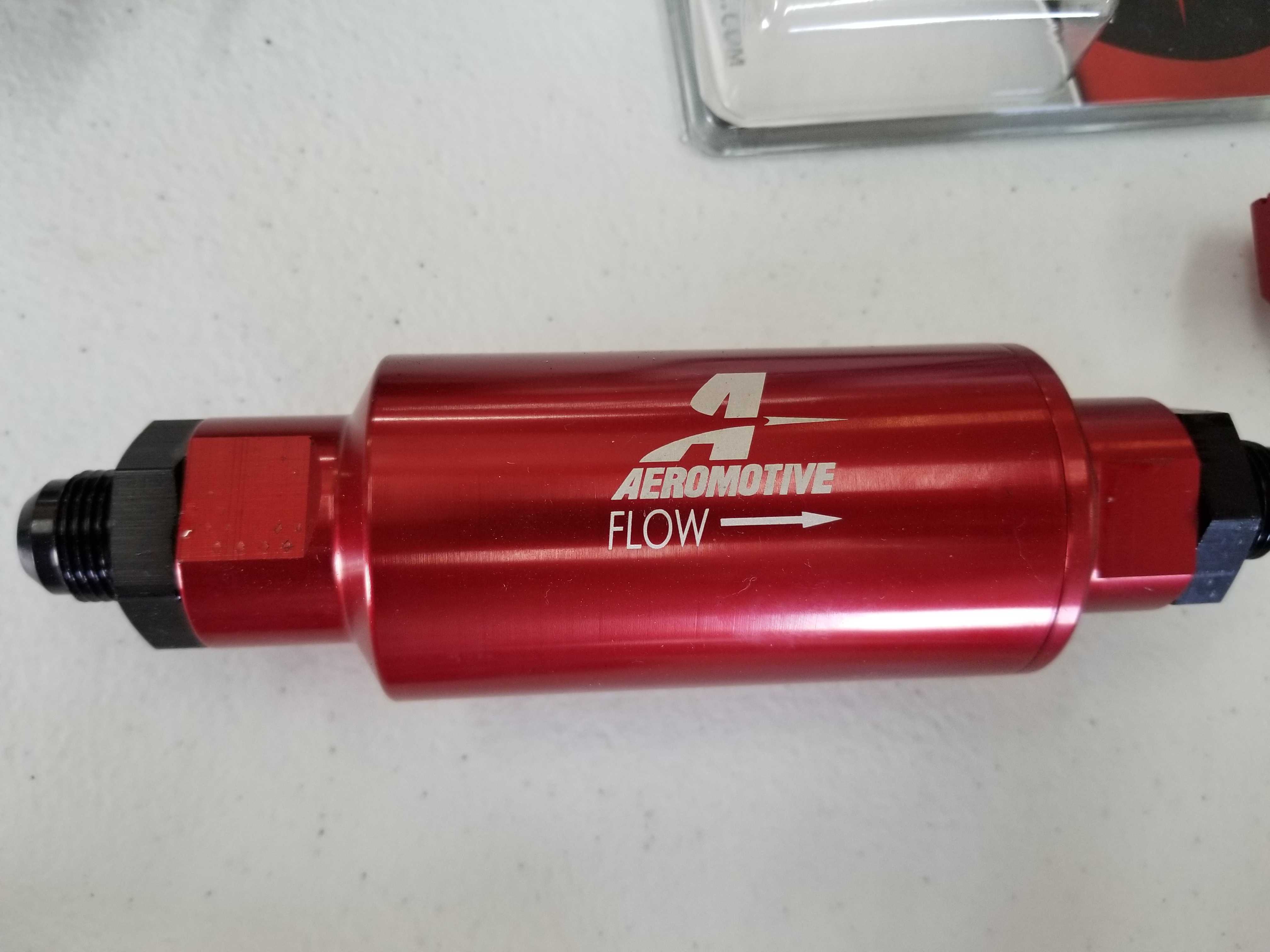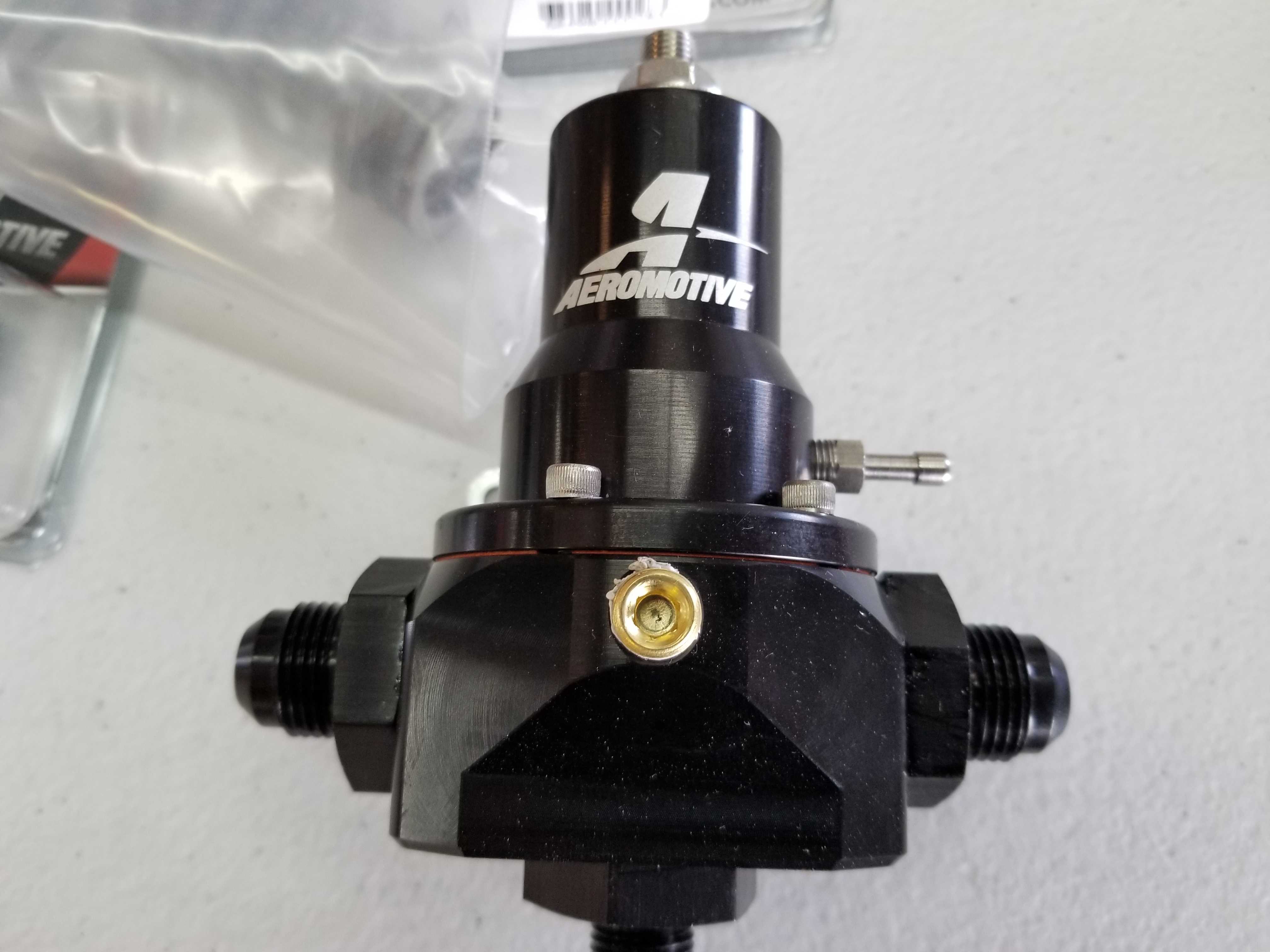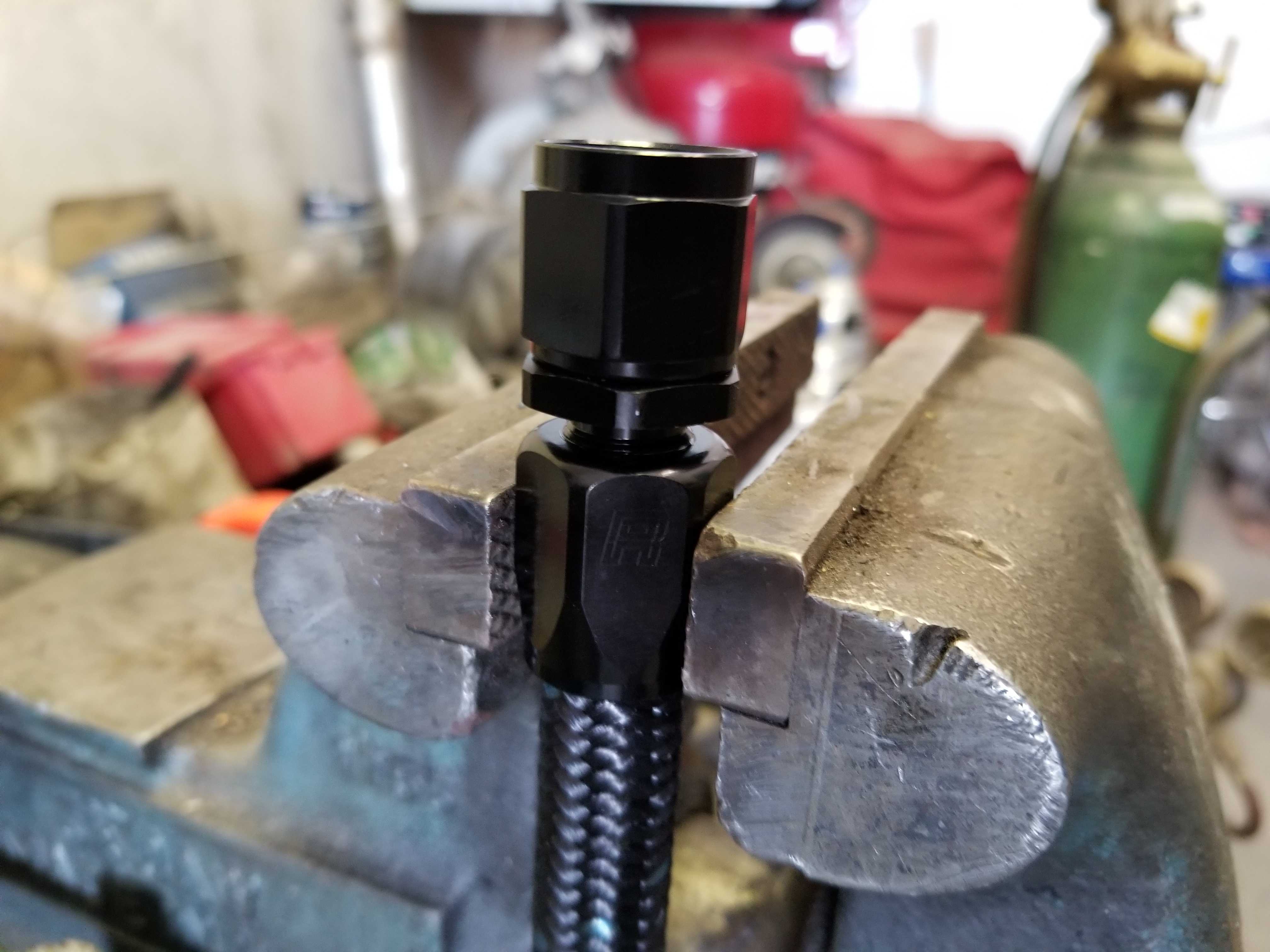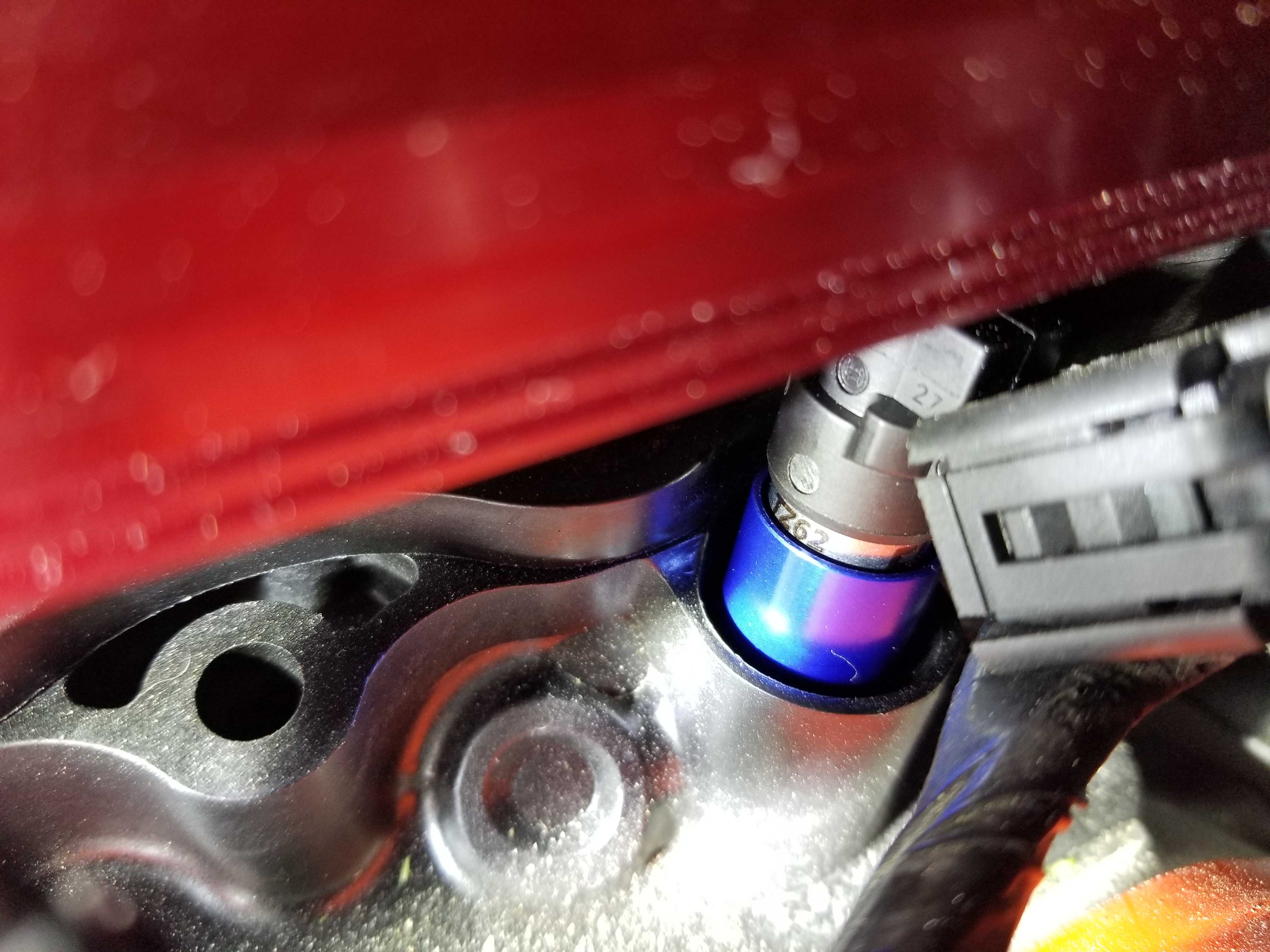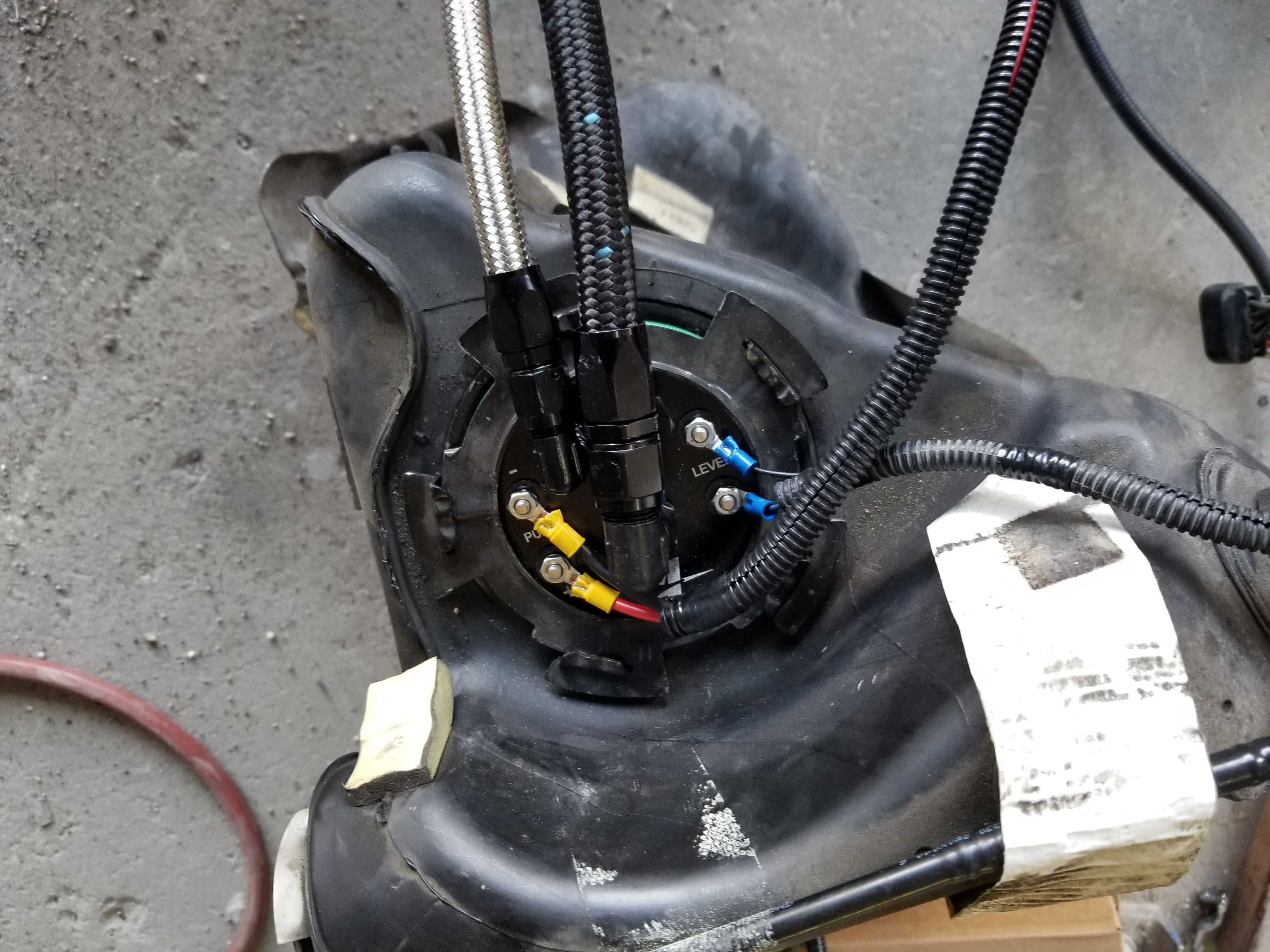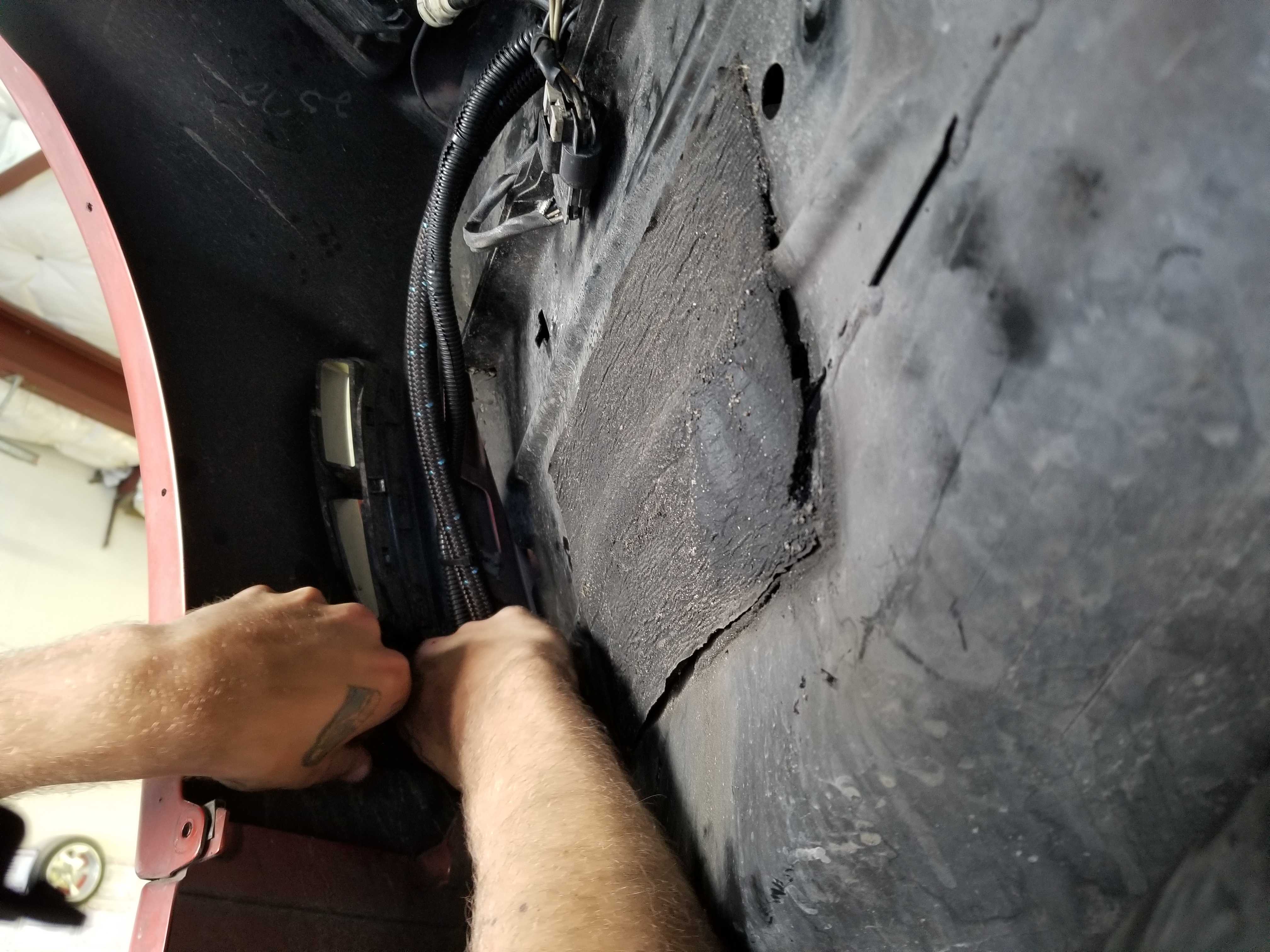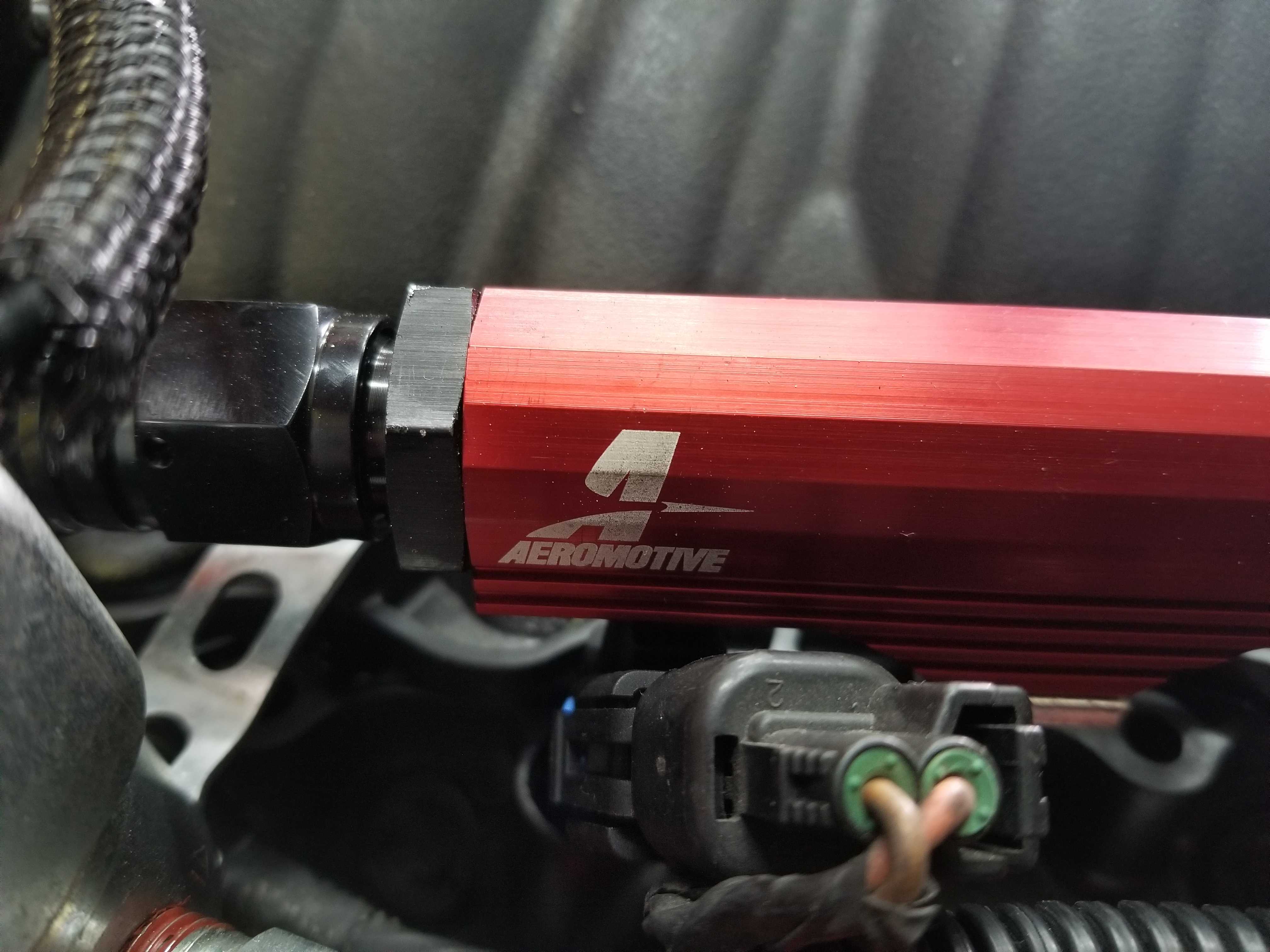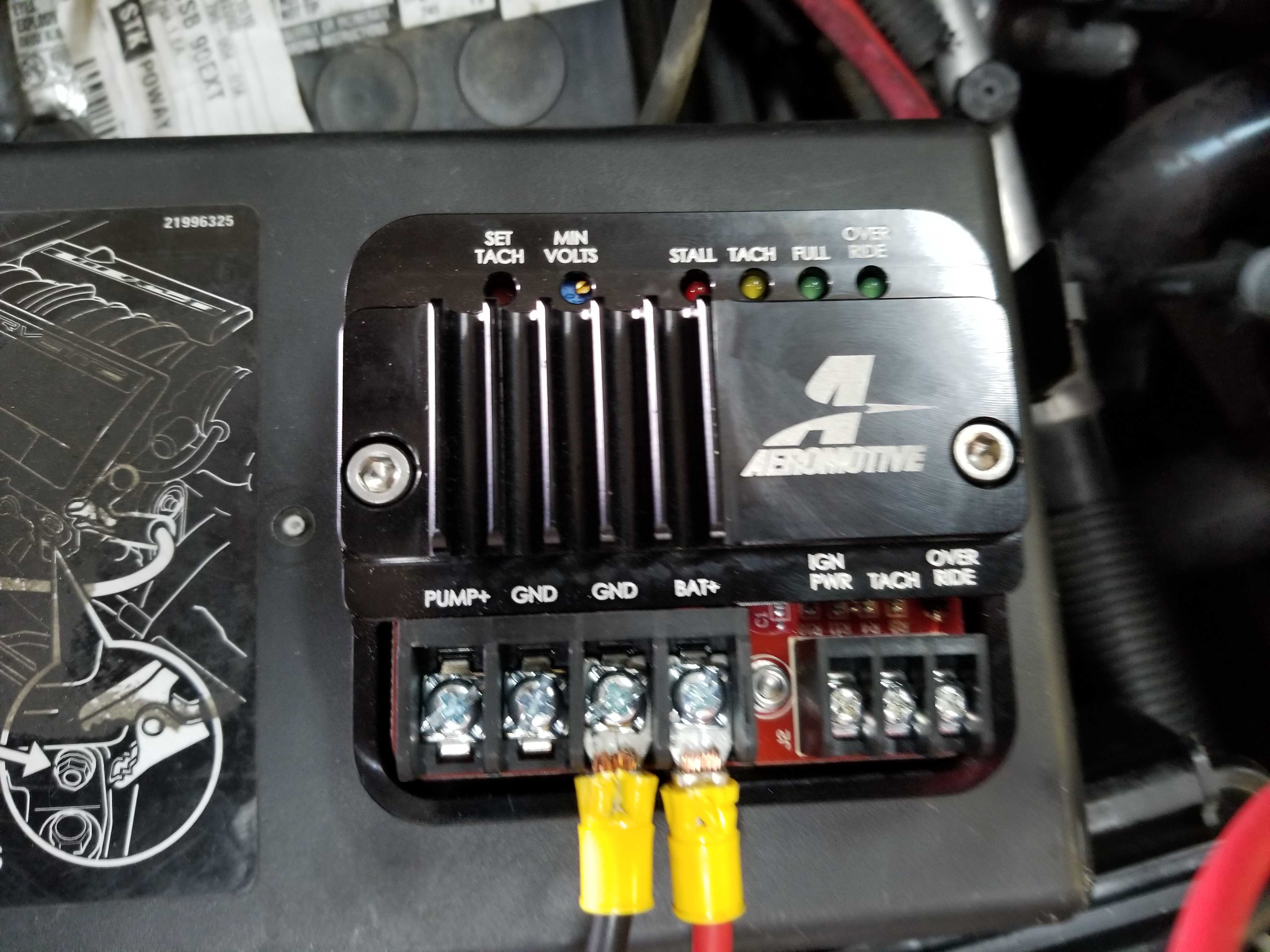When it comes to reliable, repeatable performance, there’s a lot more to the equation than just a burly powerplant. While that mill might look sweet in the engine bay and sound fantastic on a cruise, it’s the ancillary stuff that can make or break the setup when it’s pushed to the limit. And that’s perhaps most clearly illustrated by the fuel system – if the engine is going hungry, it’s just not going to live up to its potential.
Recently we gave our C6 a new lease on life in the way of a supercharged LSX 376. With a ProCharger D-1SC in the mix and an eye on running a flex-fuel setup, it was clear the factory fuel system wasn’t going to cut it with the new mill, so along the way, we tossed the stock combination in favor of something more robust.

We ended up wrenching on the fuel system in the middle of a whole host of powertrain upgrades. While all of this can be done with the transmission still in place, the extra room provided by yanking the gearbox beforehand made everything go a bit smoother.
Working with our friends at Aeromotive, Edelbrock, and Fuel Injector Clinic, we put together a system that should not only meet the demands of this LSX in its current state, but also provide additional capacity as needed if we decide to turn the boost up further down the road. Here we’ll take a closer look at the hardware we chose for the job and go over some of the more noteworthy elements of the installation.
Quenching A New Level Of Thirst
More power requires more fuel, and to deliver that additional fuel efficiently; we selected Edelbrock nylon fuel lines [PN 632053 and 632143] as well as an assortment of their line fittings [PN 650440, 610175, 610035, 610105, and 610025].
“They’re really well put-together lines, and they’re rated to handle both pump gas and ethanol,” says car owner Brian Petty. “With the car prepped to run flex-fuel, that was important to me. We used raw lines and cut to fit, and something else that was nice about these lines is that they’re a lot easier to work with than traditional stainless lines. These are nylon braided with a stainless layer sandwiched in there, so it provides both strength and flexibility.”
While the LSX376-B15 might only require a bit more fuel capacity than a factory LS2, having a ProCharger D-1SC in the mix, as well as plans to run ethanol, meant that the stock fuel system would be well out of its depth. To make sure there were no bottlenecks along the way and all the components involved could handle E85 fuel, we replaced everything from the fuel pump all the way to the injectors.
Petty also selected a set of 1200cc injectors from Fuel Injector Clinic for the project. “I was impressed by the way they balance their injectors,” he says. “They’re super precise, so the fuel distribution is even across the board. They come with a balance sheet that shows what each injector flows, so you have all that data right off the bat. With ethanol, we knew we’d need to go to bigger injectors versus gasoline. The factory stuff definitely wasn’t going to cut it, and we also knew that we would need an injector with stainless internals to handle the corrosive nature of ethanol. With plans to move up to a larger supercharger down the road, it made sense to go with a 1200cc injector to provide that extra headroom.”
The centerpiece of the new fuel system is the Aeromotive Stealth Eliminator kit [PN 17185]. “It comes with the pump, regulator, hat, hanger, filter – basically everything you need to get it put in,” Petty explains. “It also comes with the adapter piece for the passenger side tank so you can use the Aeromotive set up to regulate the fuel pressure with their return-style system. The Aeromotive system is also designed to bolt into the factory tank – eliminating the need for an aftermarket fuel cell – which makes it a great choice for a street-driven car like this C6.”
The Aeromotive system is designed to bolt into the factory tank, eliminating the need for an aftermarket fuel cell, which makes it a great choice for a street-driven car like this C6.
Installation
While wrenching on the fuel system is normally a pretty straight-forward proposition, when put into the context of a larger project, the plan of attack often doesn’t resemble a typical installation scenario.
“We did the motor and the supercharger at the same time, but we didn’t tackle the fuel system until a few weeks later,” Petty explains. “You can do it without taking out the transmission, but we were dropping the transmission anyway because we were swapping torque converters.”
Given the tight confines of the C6 chassis, that was a bit of a blessing. “It makes your life ten times easier to do the work with the transmission out of the way,” Petty says. “The C6s have dual fuel tanks with a crossover tube, and that tube can be difficult to disconnect with the gearbox in the way. But with it gone it’s a simple process. You just need to undo crossover, pry off the o-ring pieces, pull it apart, and then just drop the driver’s side tank.”
With the tank out, the factory fuel pump assembly can be removed. “You only keep one part of it – the fuel sender,” Petty notes. “All you have to do is clip that fuel sender on to the new assembly, drop it back in. You have to do a bit of fishing by wrapping some wire around one of the hoses that go through the crossover tube to the other tank. The Aeromotive instructions are very clear and easy to follow.”
While the Aeromotive pump is designed to fit into the factory location, Petty made an interesting discovery when he went to remove the stock pump. "Because of its constant exposure to fuel and heat, the entire factory fuel pump assembly expands over time. Because of that, the factory pump wouldn't fit through the hole in the top of the tank - we had to break it to get it out."
Some considerations need to be made for that second tank, however. “There’s a pressure regulator in there, and because the factory C6 system is returnless you have to cap that off and run a separate return back to the tank,” says Petty. “So basically you drop the tank, install the cap in the pressure regulator port, and put the tank back in.”
With the factory fuel pump assembly out of the car, the Aeromotive system is ready to go in. “The Aeromotive assembly has a hanger, o-rings, and a nice billet aluminum tube rather than just a hose. It’s a nice piece of hardware,” he adds. Aeromotive also includes a fuel pump control module, which monitors the fueling needs of the engine to prolong the life of the fuel pump. “That way your pump isn’t running full-bore all the time for no reason.”
From there it was on to the lines.
“We just ran them up the rocker – there’s a nice big opening where you can run the lines up behind the splash shield,” Petty says. “We taped the ends of the lines off so we wouldn’t get a bunch of debris in the lines and fished it through. After that, we found places to mount the fuel pressure regulator and the new Aeromotive fuel filter.”
Despite the Corvette's tight packaging, we were able to find mounting spots for all of the new system's components without much trouble.
Petty then turned his attention back to the engine bay.
“Aeromotive also sent their billet aluminum fuel rails. Like the rest of the kit, they’re super nice pieces of hardware, and they bolted up to the intake manifold with the Fuel Injector Clinic injectors without issue.
“We went with FIC’s 1200cc injectors for a few different reasons,” Petty says. “I already had 60-pound injectors from the LS2 that we pulled out of the car, but we knew those weren’t going to be enough for this motor, even on pump gas. Secondly, I’ve always been impressed by the design of Fuel Injector Clinic’s injectors, so I knew that I wouldn’t have to worry about them. And we also wanted to put huge injectors on because the car has been converted to flex fuel. With ethanol, you need to plan for at least 30-40-percent more capacity, and I wanted to make sure there was plenty of headroom in the injectors to compensate for that.”
And the little details don’t hurt either, Petty adds. “Another thing that’s cool about the FIC injectors is that they have cups at the top and bottom. They allow you to make the injector taller or shorter depending on the intake manifold and fuel rails you’re using. I thought that was super handy.”

With pump gas, a conservative tune, and 13 pounds of boost, the new LSX made 653 horsepower at the wheels. Can the new mill crest 700 on ethanol? We shall soon find out.
Once everything was buttoned up again, Petty noted that the stock fuel pressure wasn’t ideal for the new setup.
“We dropped the fuel pressure on the entire system. The factory system runs between 58 and 60 psi in the C6 Corvette. We went ahead and backed the pressure down to 43 psi. Having the fuel pressure cranked up like that is a little harder on parts, especially when you have a big pump and big lines, and you’re trying to fill all of that with 60 psi. Because it’s such a large capacity system, you don’t need to run that level of pressure to get enough fuel through the injectors. Everything is just bigger. It doesn’t need any more than that to run the way it wants to.”
With pump gas dyno pulls already in the rearview, the next step is to see what the C6 can do on ethanol. “There’s no reason it shouldn’t make over 700 horsepower to the tire, even on 13-pounds of boost,” Petty says. “So that’s the next target.”




